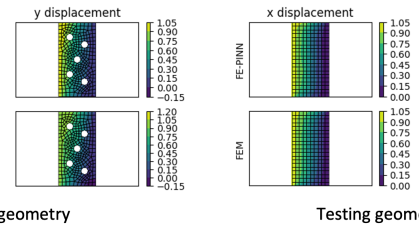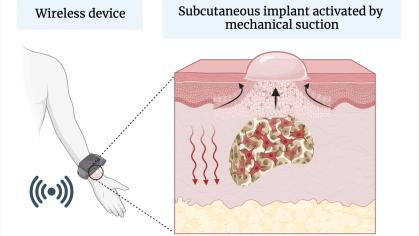A Miniaturized, Hand-held, Robotic Device for Autonomous Venipuncture
Inventor (s): Josh Leipheimer, Max Balter, Alvin Chen, and Martin Yarmush
Date Awarded: October 2020
Summary:
Venipuncture, the process of inserting a needle into a vein for either catheter placements or blood sampling, is one of the most standard clinical procedure performed worldwide. It is also the most common source of injury to patients in healthcare facilities. This is because finding and cannulating vessels relies heavily on clinician expertise and patient physiology. Non-visible, non-palpable, and rolling veins create challenges for clinicians to quickly and safely obtain venous access, especially in emergency situations. This results in accidental needle sticks and multiple needle insertion attempts, creating pain, discomfort and even injury to the patient, while also costing healthcare providers time and money. Our project is involved with developing a hand-held portable device that is capable of atomically performing the venipuncture quickly, safely, and with high accuracy, regardless of patient physiology or user experience. This hand-held device combines ultrasound imaging, machine learning, and miniaturized robotics to identify hard-to-find veins and then safely and accurately guide an attached needle towards that target location. The translation of such a technology into the clinical workflow would reduce a major gap in the quality of medical care for patients, as well as alleviate both economic and workload burden to healthcare facilities.
Market Applications:
- Blood collection
- Venous infusions
- Diagnostic blood testing



